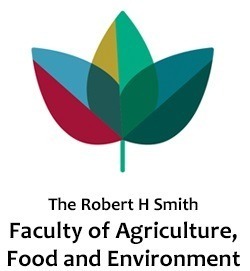Citation:
Date Published:
2020Abstract:
Abstract BACKGROUND For over a century, genetic diversity of wheat worldwide was eroded by continual selection for high yields and industrial demands. Wheat landraces cultivated in Israel and Palestine demonstrate high genetic diversity and a potentially wide repertoire of adaptive alleles. While most Israeli-Palestinian wheat landraces were lost in the transition to ?Green Revolution? semi-dwarf varieties, some germplasm collections made at the beginning of the 20th century survived in gene banks and private collections worldwide. However, fragmentation and poor conservation place this unique genetic resource at a high risk of genetic erosion. Herein, we describe a long-term initiative to restore, conserve, and characterize a collection of Israeli and Palestinian wheat landraces (IPLR). RESULTS We report on (i) the IPLR construction (n = 932), (ii) the historical and agronomic context to this collection, (iii) the characterization and assessment of the IPLR's genetic diversity, and (iv) a data comparison from two distinct subcollections within IPLR: a collection made by N. Vavilov in 1926 (IPLR-VIR) and a later one (1979?1981) made by Y. Mattatia (IPLR-M). Though conducted in the same eco-geographic space, these two collections were subjected to considerably different conservation pathways. IPLR-M, which underwent only one propagation cycle, demonstrated marked genetic and phenotypic variability (within and between accessions) in comparison with IPLR-VIR, which had been regularly regenerated over ?90?years. CONCLUSION We postulate that long-term ex?situ conservation involving human and genotype???environment selection may significantly reduce accession heterogeneity and allelic diversity. Results are further discussed in a broader context of pre-breeding and conservation. ? 2019 Society of Chemical Industry

